BMW is fully electrifying its lineup and so far, they have all been hit successes. The i4 M50 sport sedan delivers the handling and ride control expected from the Bavarians. The iX is another impressive offering, a spacious and functional SUV with a competitive driving range and the face of an angry beaver. The i7 xDrive60 is a rolling cinema on wheels, flourishing with the latest gadgets and gizmos to both excite and overwhelm. However, the latest and arguably one of the most significant is this new i5, a 5 Series-based electric sedan with dimensions and power output similar to those of the established Tesla Model S, Porsche Taycan, and Mercedes-Benz EQE.
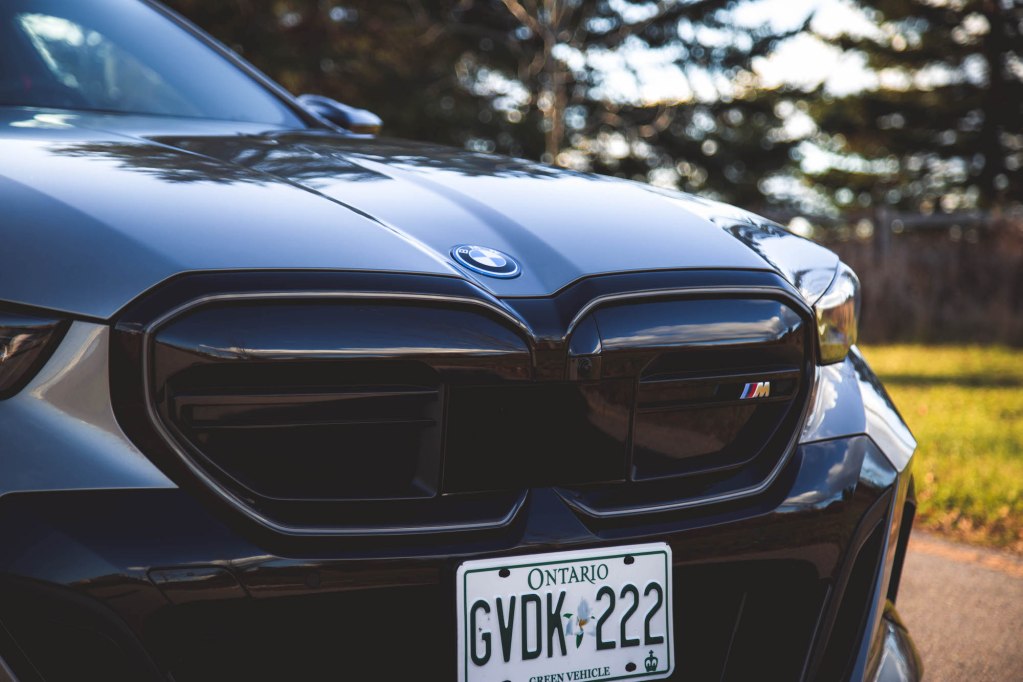
At first glance, the i5 doesn’t scream electric, and we appreciate how BMW designers took a more mainstream approach to its conservative design. Perhaps they knew the bold and audacious i3 and i8 progenitors had taken too many liberties by being ahead of the game. Still, we have mixed feelings about the front end. There is too much plastic going on, more than the Toyota bZ4X we just got out of. It appears cheap and understated, yet that’s quickly remedied at night when the fat kidney grills light up. It’s optional, thankfully, but we’ve come to enjoy its distinctive light signature on the road.

The rear end is visually more mature and easier on the eyes, with wraparound taillights that evoke Alfa Romeo Giulia vibes. However, we’re confused about the consistency of BMW’s newly minted M60 badge. The one stuck onto the i5 here is different than the black and gold badge on the iX – inconsistent branding is uncommon with BMW. We might sound salty about the i5 Sedan but there’s a clear reason why. There’s a wagon variant launching overseas next year and it’s not coming to Canada. We think the wagon’s elongated roofline balances out its visual footprint and looks much better because of it. Alas, another slice of forbidden fruit. Haven’t the stupefying sales of the Audi RS 6 Avant taught its competitors anything?
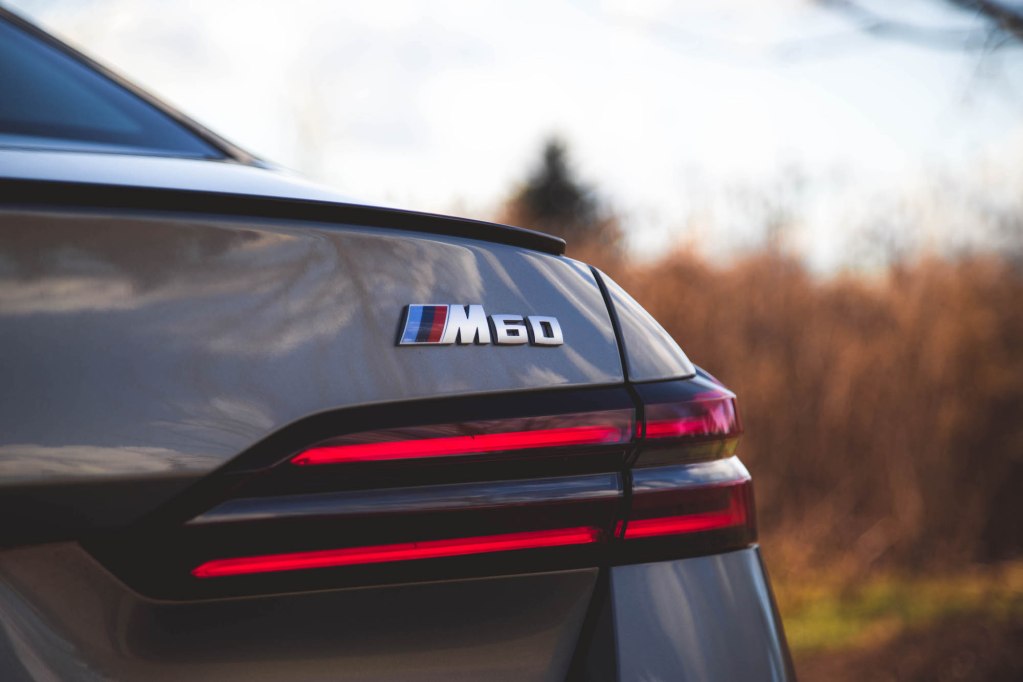
We love trickle-down economics and the i5 interior is essentially an i7 at 75% zoom, and there’s subsequently enough pizzazz here to feel excited yet comfortable. We enjoy this display setup, with two widescreens attached under a single piece of glass. While not as visually dazzling as the Hyperscreen in the Mercedes EQE and EQS, the BMW’s is much more functional and sports a lower learning curve. It’s operated via both a touchscreen and a rotary dial with actual buttons, making it easy to navigate the menus even while focusing on the road. Having real toggles and dials on the steering wheel makes it more accessible than those fussy haptic touch sensors littered in every electric Mercedes and Volkswagen. This is user functionality done properly.
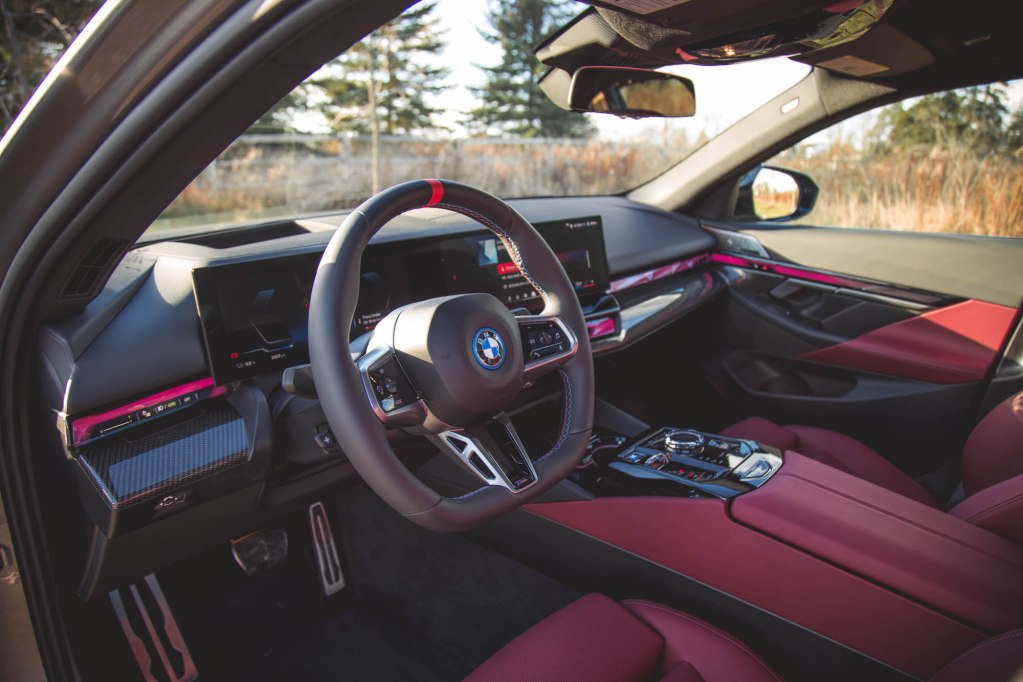
Speaking of which, the steering wheel is a porky size and requires hands the size of Popeye’s to fully wrap around the rim, but aesthetically it’s much better looking than the rather ordinary example in the i4, and the wonky two-spoke wheel in the iX. The purposeful holes on the bottom spoke are a nice finishing touch, as is the solo paddle shifter on the left-hand side, borrowed from the defunct i8 supercar and aptly labelled ‘Boost’. Toggling this activates Boost mode, unlocking maximum power output from the batteries for ten seconds to aid in overtaking or launch control maneuvers.

The remainder of the interior feels upscale and spacious. The way the fan vents are concealed right under the screen’s nose is clever, but the directional fan toggles at the bottom of the center stack look a bit out of place. The upside-down door handles are an odd touch, but the crystal glass elements ensure every point of car interaction feels premium. It’s a shame that the window switches are plastic and low-rent, and the memory seat controls on the door panel fall into the same unergonomic mess as their Mercedes counterparts. There are no grooves of any kind and the panel is mounted vertically and angled away, so from the driver’s seat, you never really know what button you’re pressing. Most of the time, it’s a guessing game to which memory seat number you are engaging.

BMW claims a total driving range of 412 km on a full battery charge, while our drive yielded slightly less at 380 km. Not bad considering it was single-digit weather and the heated seats and steering wheel were always on. That’s a competitive range against the BMW i4 M50 (435 km) and Porsche Taycan 4S (345 km), but a far cry from the Tesla Model S (652 km).

The i5 is currently available in one trim, the M60 xDrive, which offers active anti-roll bars, a stiffer and sportier suspension setup, wider tires, rear-wheel steering, an 81.2 kWh lithium-ion battery, and two electric motors, one on each axle, providing an all-wheel drive setup. Listing at $95,000, the i5 M60 delivers 593 hp and 605 lb-ft, and the ability to launch from 0-100 km/h in a swift 3.8 seconds. That’s one-tenth of a second faster than the i4 M50 and a rear-wheel drive BMW M3, but three-tenths off an all-wheel drive BMW M4 Competition. A less powerful, rear-wheel-drive i5 eDrive40 might be reaching our shores soon, and we can expect it to have a shorter range due to its single electric motor, producing only 335 hp and 295 lb-ft of torque.

It has been a while since we have experienced such fearsome acceleration. The way the i5 propels itself forward from a stop is wild and feels naughty. Even the iX M60 didn’t feel this rapid off the line. This isn’t even a full M car either, so we can only imagine what the upcoming hybrid M5 will be like. Yet, the M60 is intense and user-friendly in equal measure. You don’t need motorsport credentials to keep it tamed and on its leash, as there’s enough grip and traction to feel confident exploring its limits.
While forward thrust is epic, the i5 quickly runs out of breath and lacks boost once the needle swings past 110 km/h, as flooring the throttle at highway speeds doesn’t feel worthy of that 605 lb-ft claim. We were expecting more but running out of breath in the top end is an inherent issue with electric vehicles. We experienced that same sense of lethargy in the Porsche Taycan 4S and Mercedes EQE 500 SUV. The physics of weight eventually catches up to even the best of us.

Steering, the most critical point of contact between car and driver, is lacking in feel. While light, precise, and directional changes and minor adjustments are met with zero resistance, the steering feel is muted and inert. This is not uncommon for EVs, even performance ones such as this, but it’s not all-inclusive. Porsche has managed to instill its handling voodoo and excellent steering feel into the electric Taycan, so it’s not an inherent issue with zero-emission automobiles.
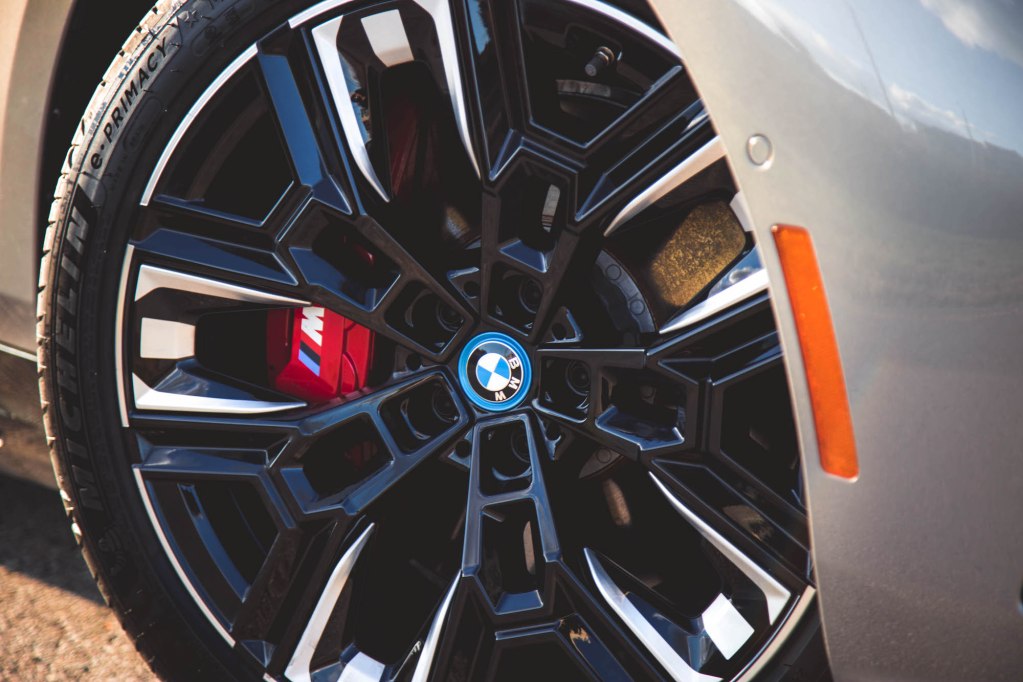
What shines through the silent steering is exemplary ride quality. With an adaptive air suspension and anti-roll bars, the i5 remains stable at high speeds and glides over rough surfaces, with only the harshest impacts seeping into your seat bottom. The dampers do not neutralize small suspension movements as ably as the i7, but the i5 still houses a thicker layer of daily usability and everyday comfort than the Taycan. With rear-wheel steering and a playful chassis, the i5 handles well too, is flat like an airport runway when thrown into corners, and is enveloped by the security of AWD and infinite torque vectoring between the axles, ensuring optimum grip and maximum speed on corner exit. The i5 is magnitudes more fun to hustle around bends than the iX, not what we were expecting from an electric executive sedan. But this is a BMW after all.

Like the iX, the i5 pipes artificial electric noises into the cabin, and they will change depending on the selected driving mode. By default, the sounds are quiet and subdued but ramp up into deep, heart-wrenching tones in Sport Mode. If they sound familiar, like you’ve busted out the OST for Interstellar, Dunkirk, or Batman, that’s because Hans Zimmer composed these tones for BMW.
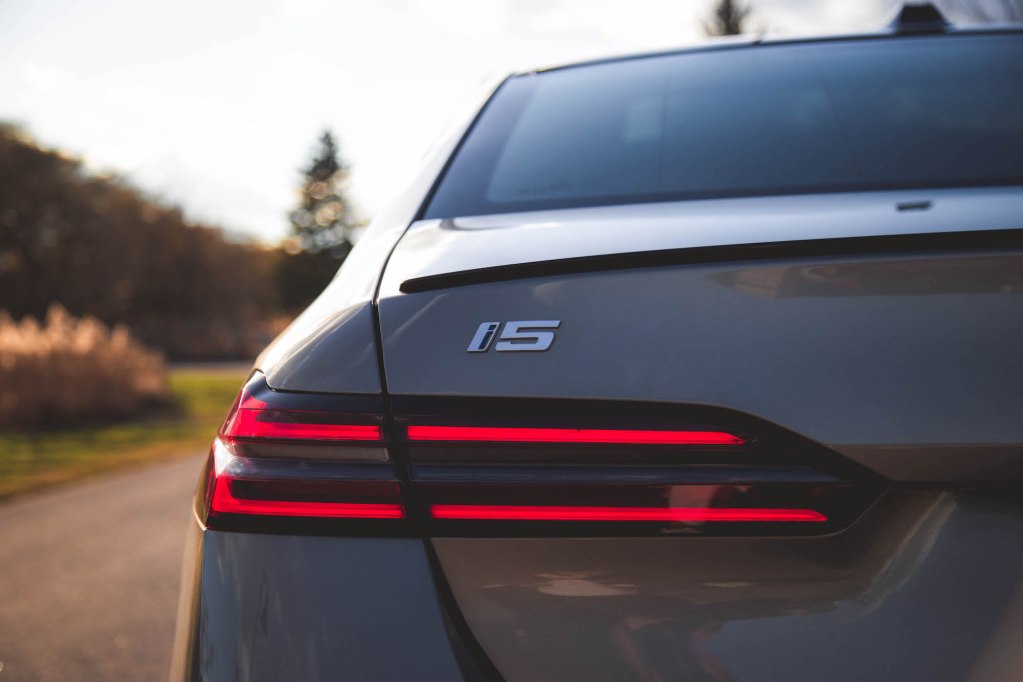
The BMW i5 M60 is quickly becoming our favourite electric sedan, not just for its prodigious power, but for its stunning interior, which is flourishing with superb build quality and a fit and finish that Tesla and Genesis could only dream of. We have always preferred BMW’s mid-tier performance offerings over their full-blown track models. The M850i is our favourite 8 Series and the same goes for the M550i. The i5 M60 is no different. While we haven’t driven the base eDrive40 model and don’t have word on the specs of the upcoming hybrid M5, we find the i5 an engaging bridging point that rewards the driver for stepping into the realm of EVs. It’s a well-composed family sedan with enough range, power, chassis fluency, and luxury to impress all and outrun most.
Specifications:
Model: 2024 BMW i5 M60
Paint Type: Oxide Grey
Base Price: $95,000
Price as Tested: $113,600
Wheelbase(mm): 2,995
Length/Width/Height (mm): 5,060 / 1,900 / 1,505
Curb weight (kg): 2,380
Powertrain: 81.2 kWh lithium-ion battery, two electric motors
Horsepower: 593 hp
Torque: 605 lb-ft
Transmission: Single-speed automatic
Engine & Drive Configuration: Front and rear electric motors, AWD
Claimed Range: 412 km
Observed Range: 380 km








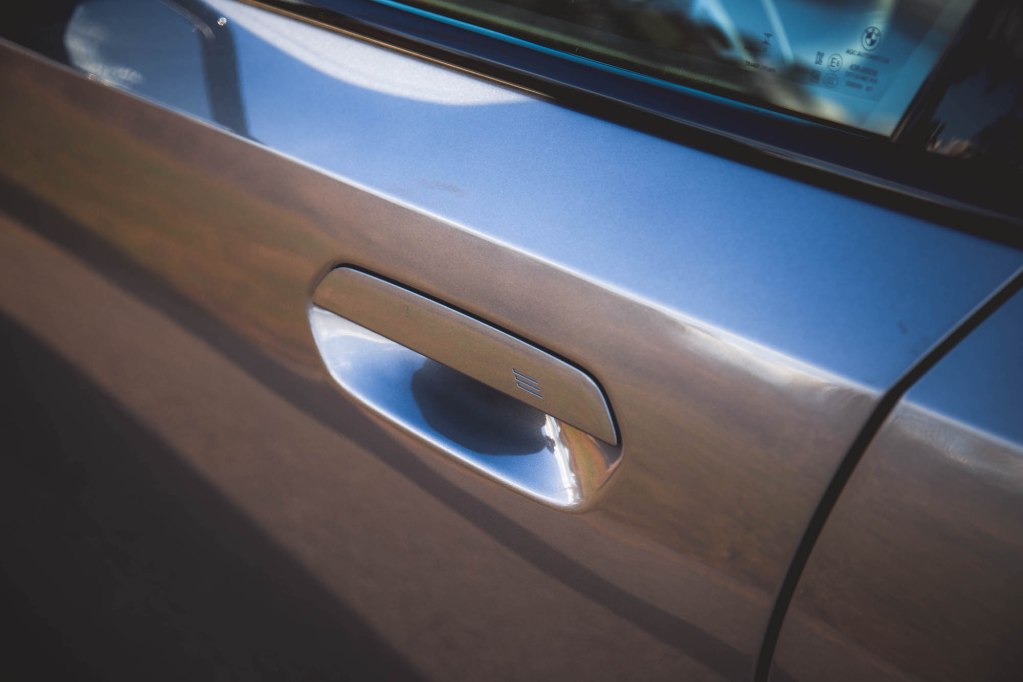







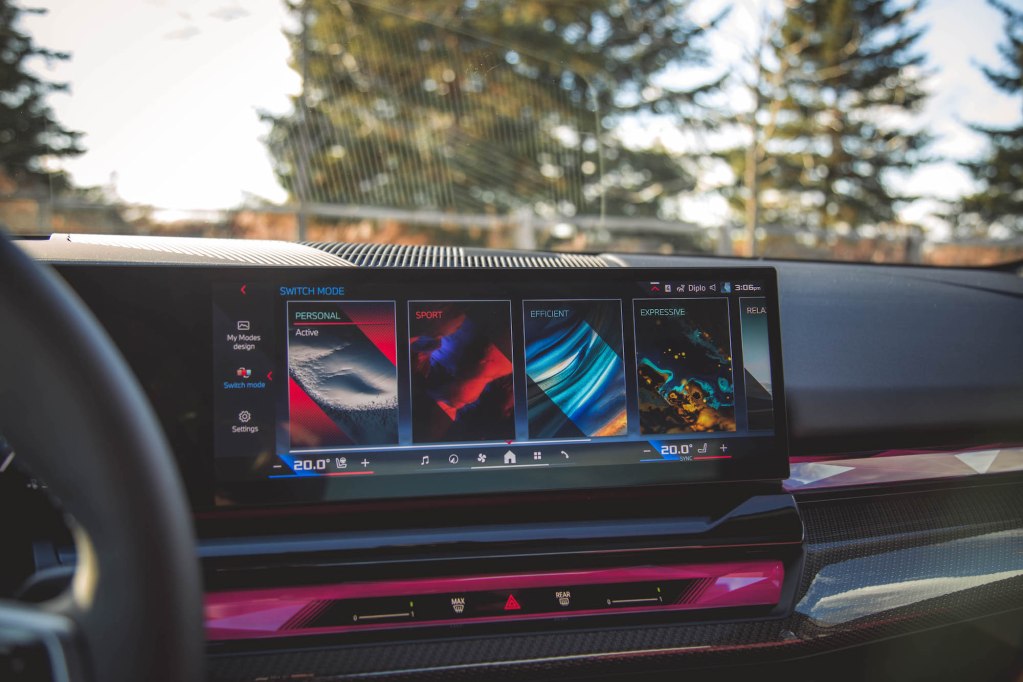


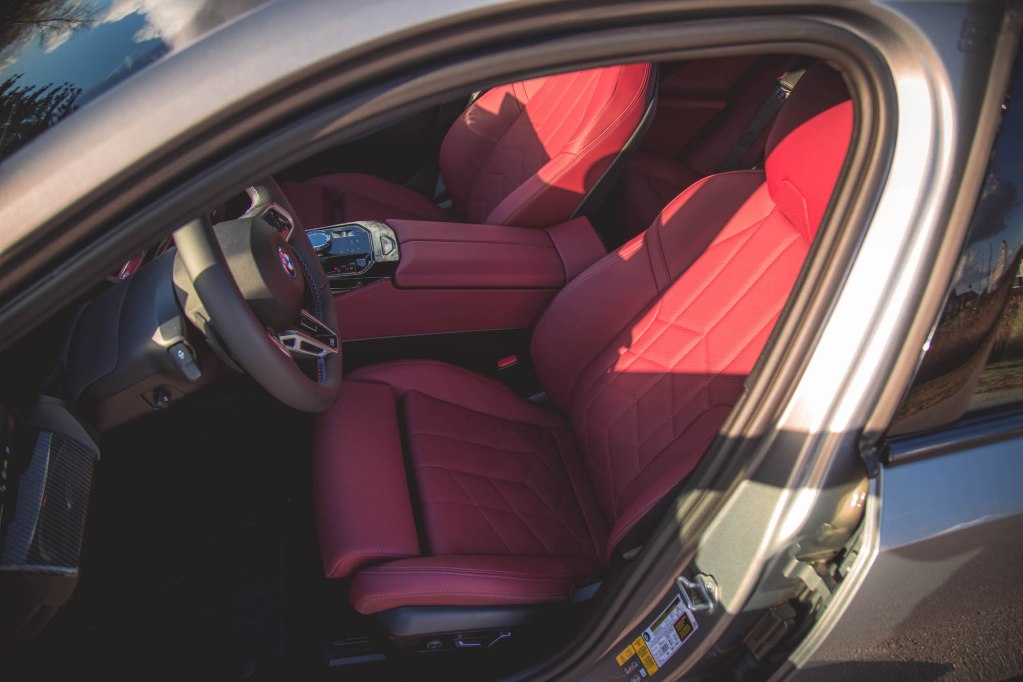

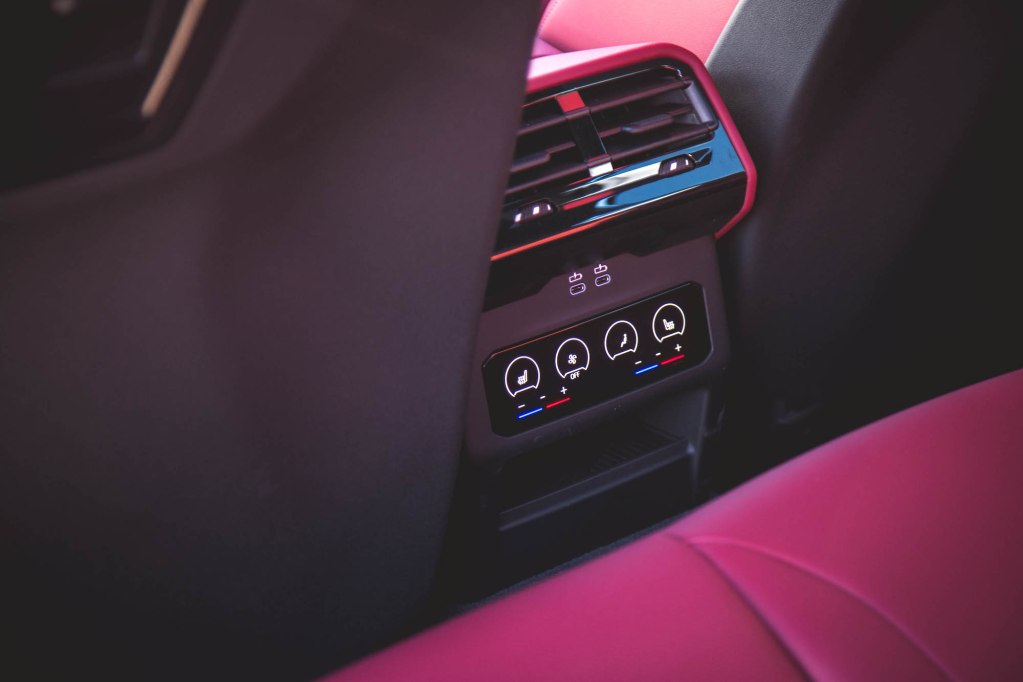





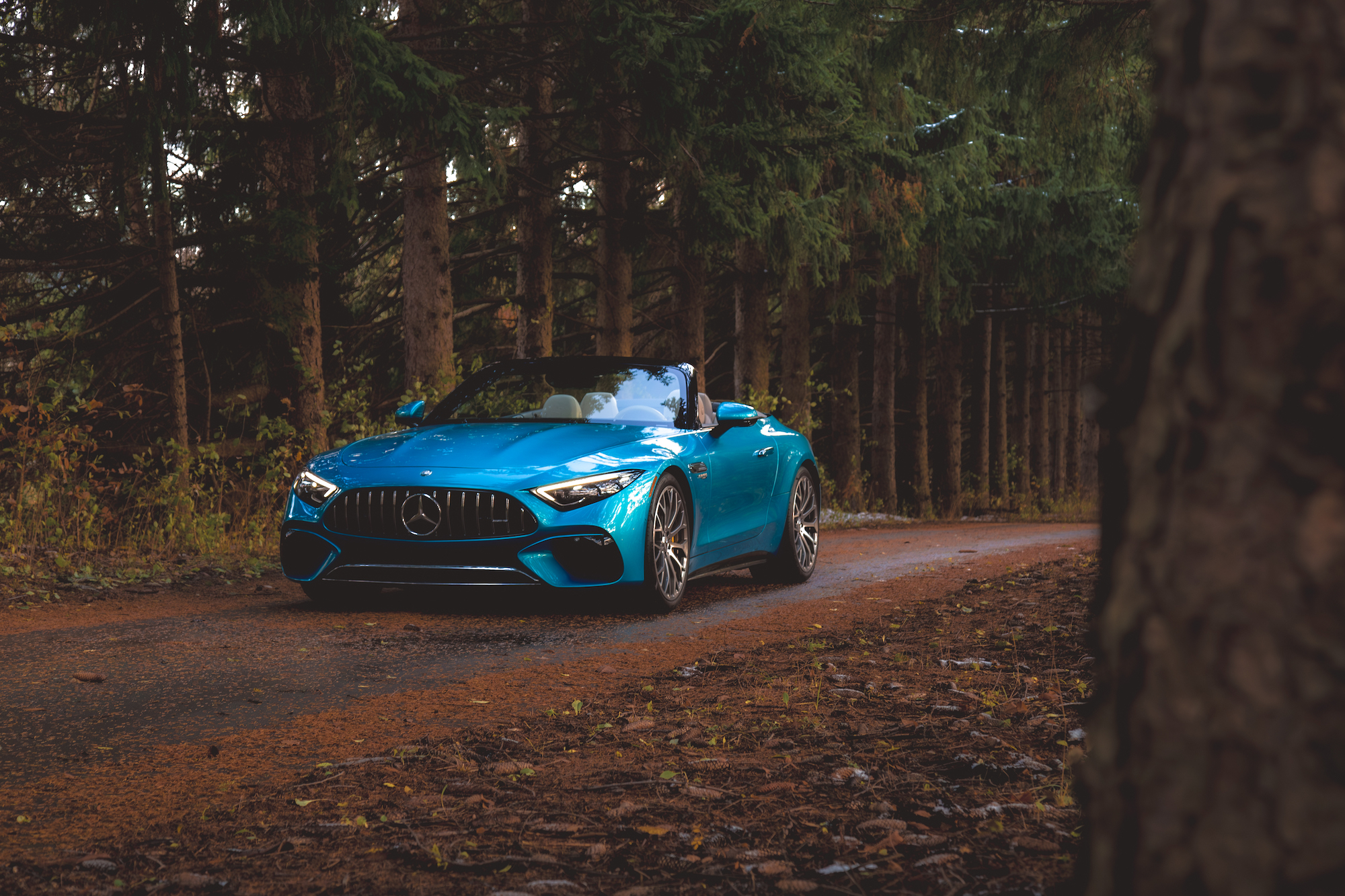

Leave a Reply